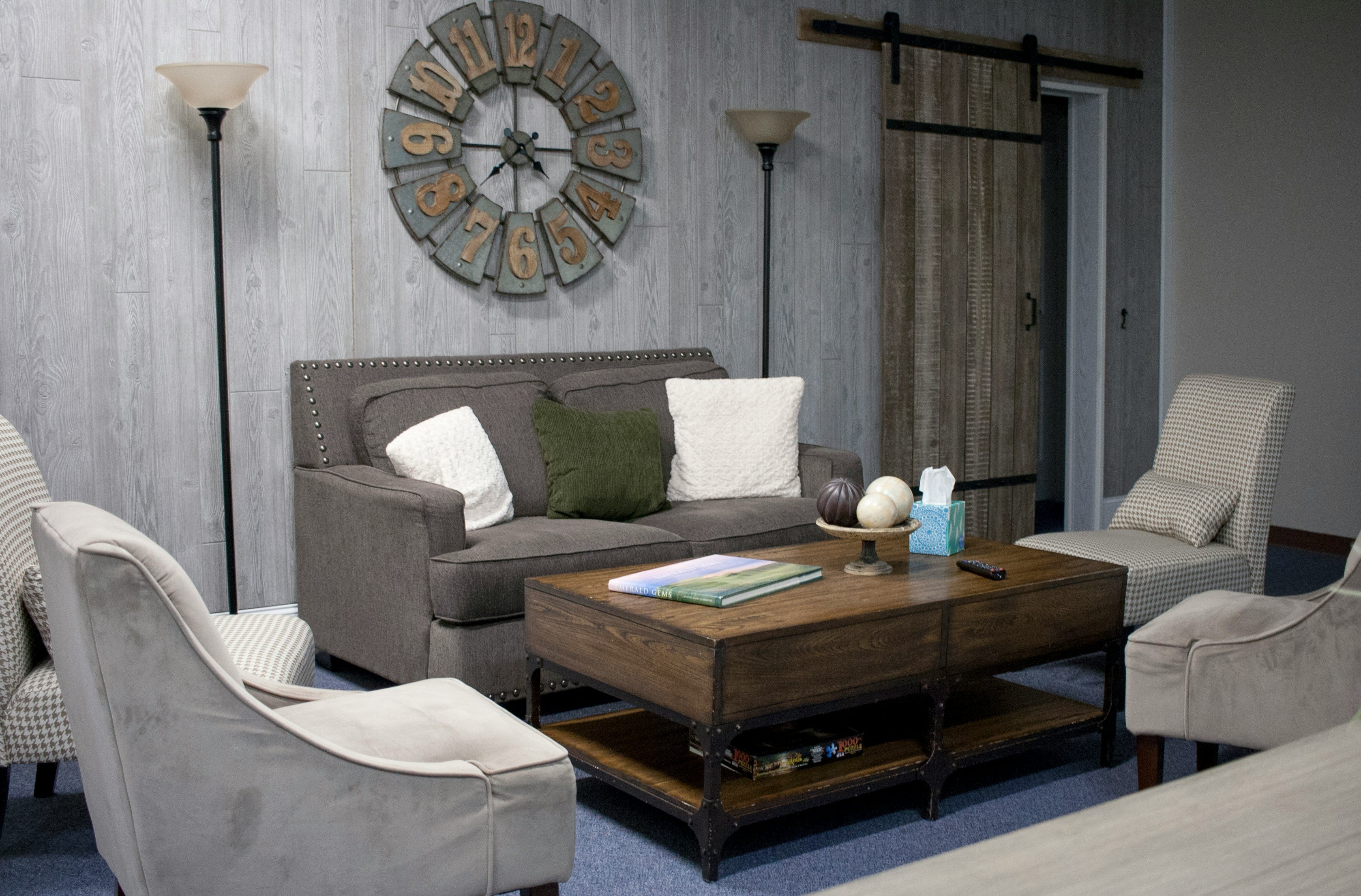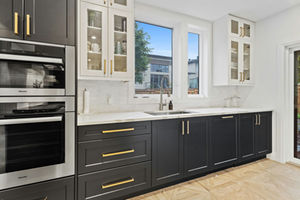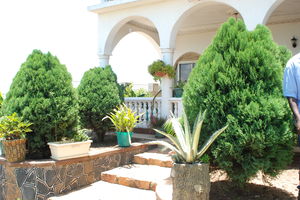
Eclectic style combines furniture, colours, and textures cohesively and is largely a reflection of individual style.
When considering how to elevate your work and living spaces, three distinct stylistic approaches stand out; eclectic, mid-century, and farmhouse. Each style brings its unique charm and character, making the choice a matter of understanding what resonates best with your taste and how you can tastefully blend different aesthetics.
Eclectic
Lyn Bahati, an Interior Designer at House of Ndinda says the eclectic style thrives on mixing various elements from different periods and origins, creating a harmonious yet dynamic environment. It allows for a creative expression of individuality, where unexpected combinations of furniture, colours, and textures can coexist cohesively.
For the homeowner interested in eclectic design, Bahati suggests incorporating locally crafted pieces alongside global finds to create a unique cultural flair.
“For instance, you could have a tribal frame, an antique console, and a handmade rug. The key thing, however, is that each of these pieces tells a story and is a form of art in its own right. Simply select items that please or speak to you without limiting yourself to one style,” Bahati explains.
To interior and architectural designer, Phillip Luwemba, one can achieve an eclectic style by combining vibrant African textiles and traditional patterns.
Karyn Barega Mugabo, a senior interior designer at Dreyz Interior, recommends using different patterned accessories and furniture to infuse the space with energy and personality.
“Mix and match furniture pieces from different cultural influences such as incorporating handcrafted wooden stools or intricately woven baskets alongside modern pieces. Incorporate local artwork and crafts as statement pieces to add,” Barega adds.
Sarah Vanita Malinga stresses that the style should be a reflection of one’s personality.
“The beautiful eclectic spaces I have seen have a great use of colour theory which is crucial to achieve the eclectic look,” the principal designer and founder of Xquis-Design explains.
Bahati, who loves the style, says she has created a wall in her hallway where she puts each of the items, she has collected either from her travels or pieces from her past.
She adds, “I have a wooden piece that reads Karibu from Nairobi, a fish plaque that reads Hakuna Matata from Zanzibar, art from the 40s; The Kiss by Gustav Klaimt. I have added a tribal accent chair from West Africa.”
Bahati says she introduces the elements to her clients during consultations especially when she realises, they are interested in the style for their homes or rentals.
Luwemba, who also confesses to liking the style says he prefers the term composition design.
Mid-century modern design
The design rooted in the mid-20th century, emphasizes sleek lines, minimal ornamentation, and functionality. It often features iconic furniture pieces characterised by clean shapes and natural materials such as wood and leather. Luwemba says integrating mid-century modern elements into spaces can enhance both aesthetics and functionality, offering a timeless appeal that complements modern lifestyles.
Bagera recommends locally made pieces crafted from sustainable materials such as teak or mahogany wood or furniture.
She adds, “Choose a colour pallet that reflects the warmth and vibrancy of Uganda, incorporating earthy tones, rich woods, and pops of colour inspired by local textiles and landscapes. Incorporate Mid-Century-inspired accessories such as retro lighting fixtures, geometric patterns, and abstract artwork to add visual interest and depth to the space.”
Bahati observes that mid-century is the most common style in Ugandan homes because it is a simple yet aesthetically pleasing style.
“The beauty of this style is its hint of modernity while maintaining a classic element. During the 1950s and 60s, most people were ditching the old look and embracing the new. The new elements used less fabric or upholstery and required no prints; just a functional and clean look,” Bahati explains.
Farmhouse style
Inspired by rural homes, the style evokes a sense of warmth and simplicity through natural materials, rustic finishes and vintage accents. It celebrates craftsmanship and authenticity, making use of reclaimed wood, distressed finishes, and comfortable textiles. Bagera says to achieve a cohesive fusion of the style, interior and architectural designers play a crucial role in guiding the integration of diverse elements.
Another option involves showcasing traditional Ugandan crafts and artifacts as decorative accents to honor and celebrate local culture and heritage.
Bahati says the style is inspired by people who live on farms.
“Farm dwellers ideally made a home from using what was available, such as milk cans, and repurposed wood. It is a farmer’s lifestyle; it is usually homey and peaceful. Think of the simplicity of rural living,” she observes, adding that the key components include fresh flowers from a garden, embroidered tablecloths and quilts, among others.
Bahati recently worked on a country home for a client and was impressed by how introducing embroidered table linen and floral linen curtains pulled the look together. “They will be putting up a hedge around their small flower garden on the compound as well. It is slow living and these elements fit right into the homemade lifestyle they live,” she adds.
Malinga notes that the style varies according to where one lives. For example, a farmhouse in Uganda will not look like a Farmhouse in Europe. To homeowners trying to choose a style, Malinga urges caution citing that the process might take longer than expected.


